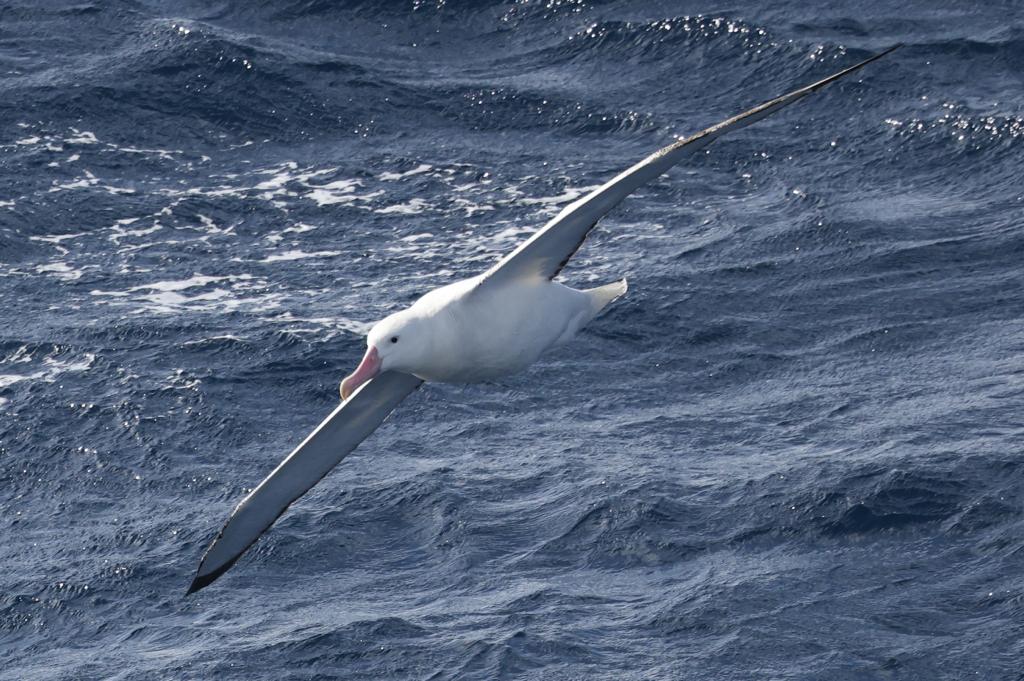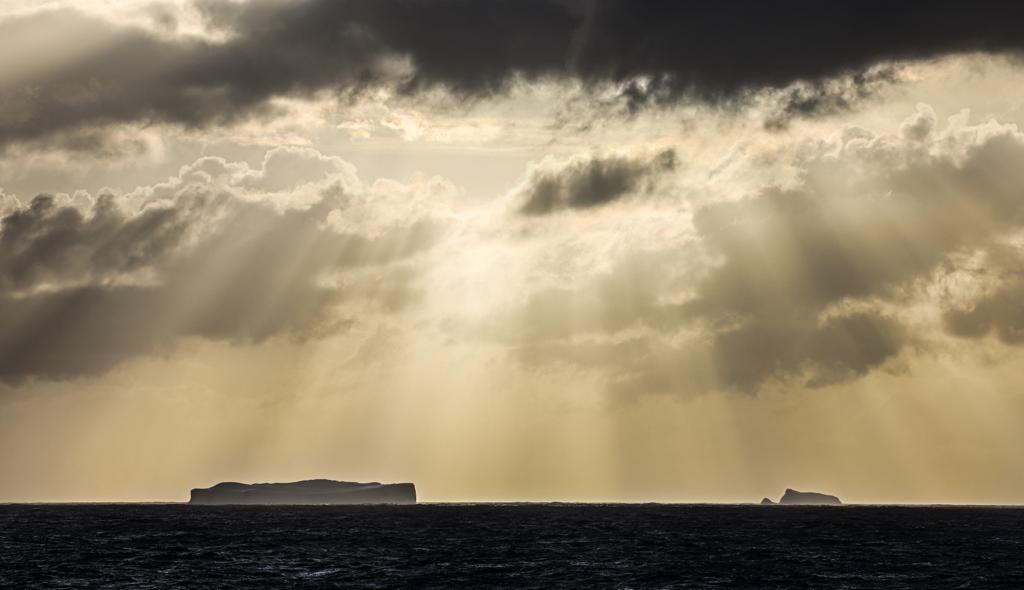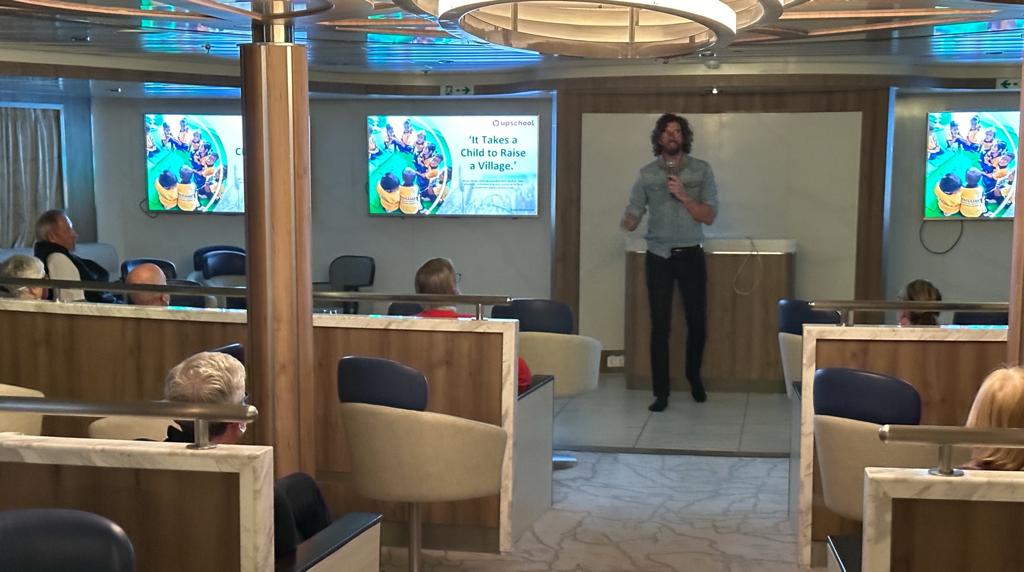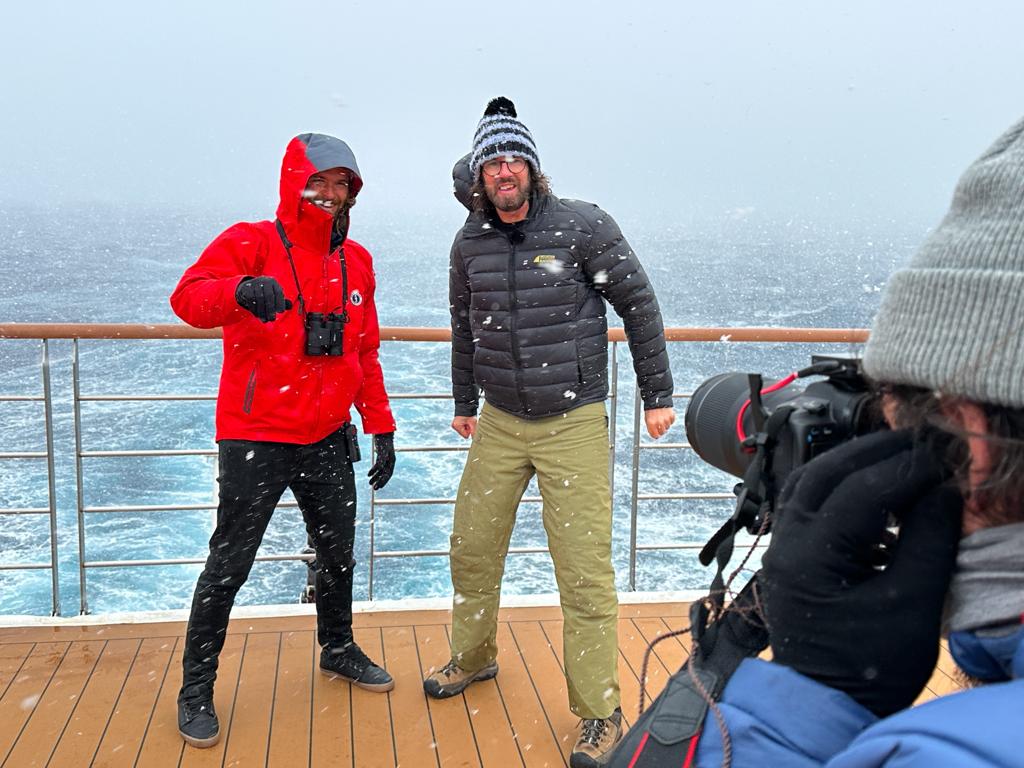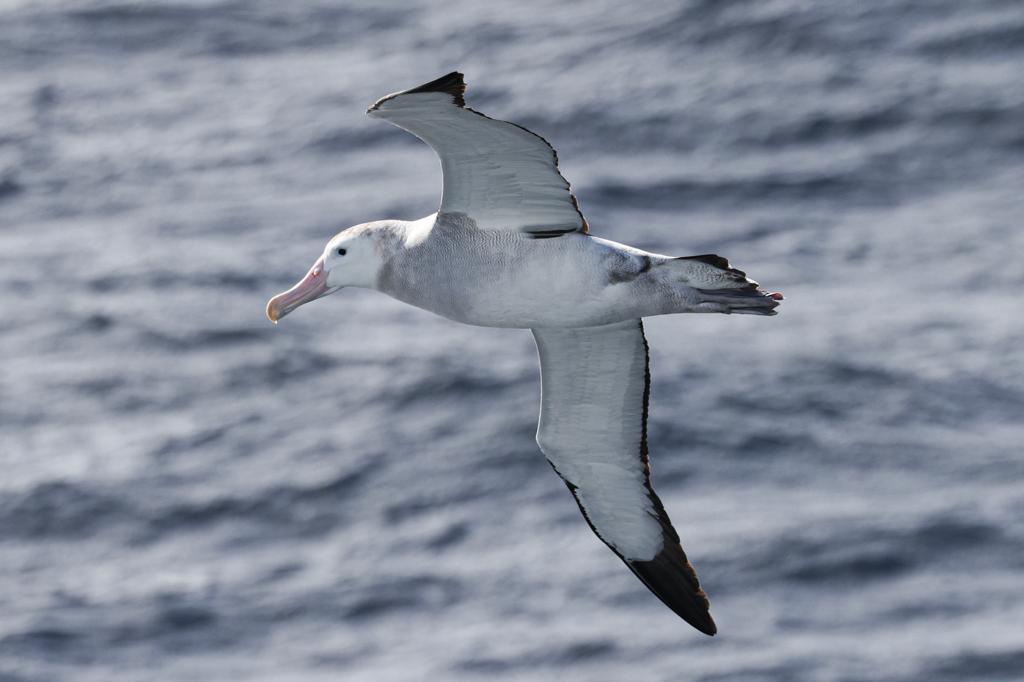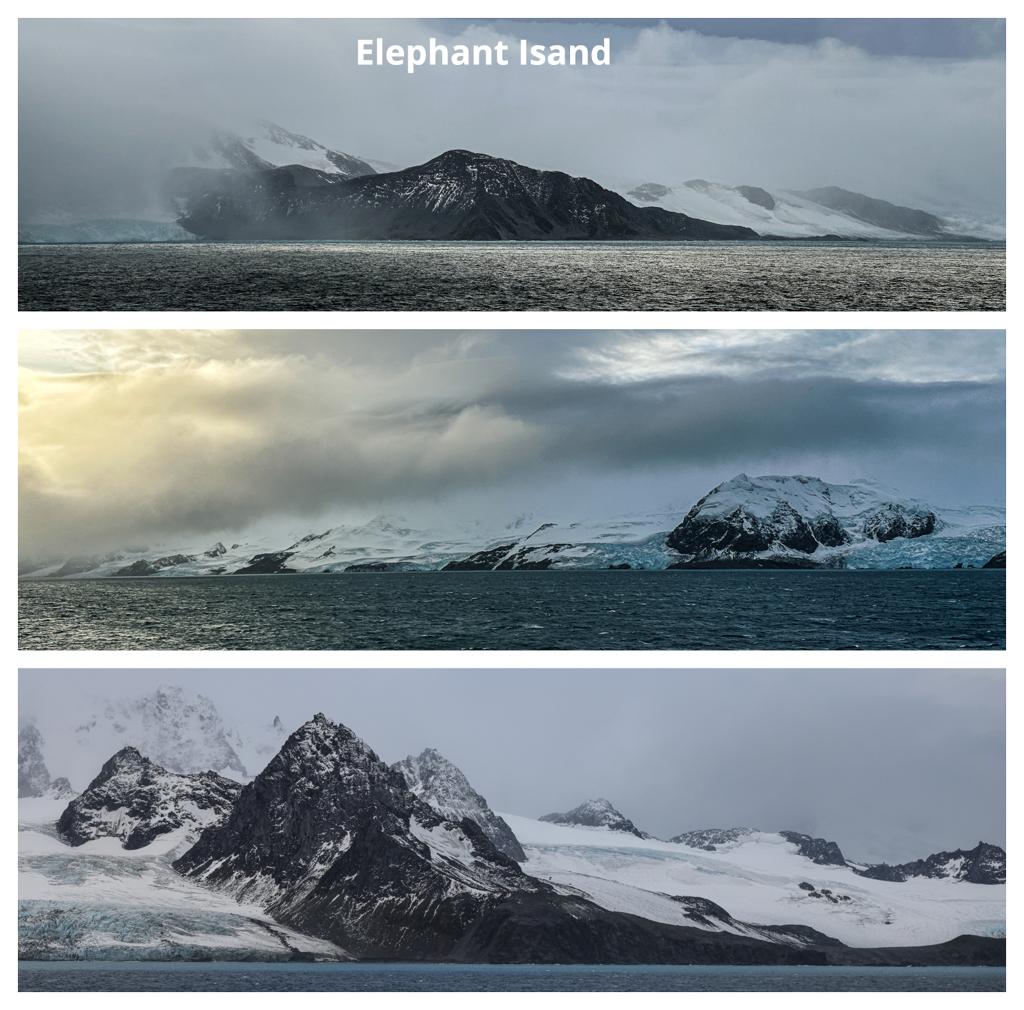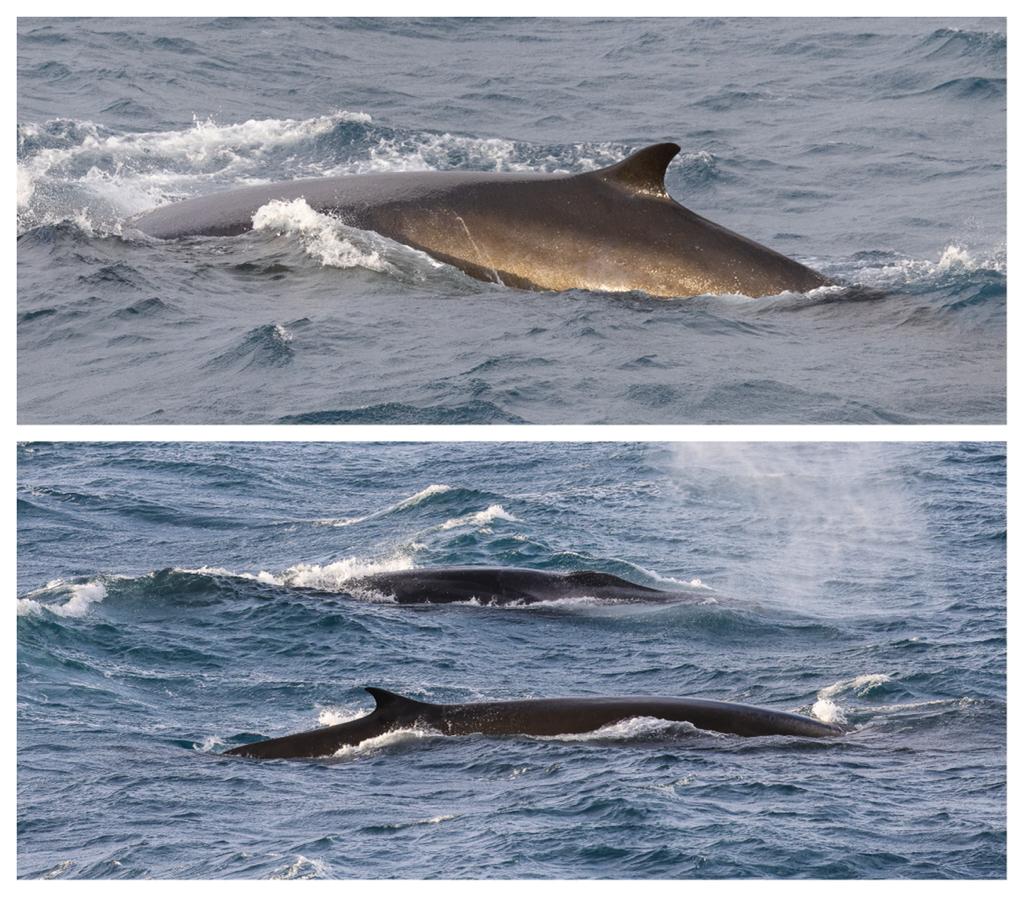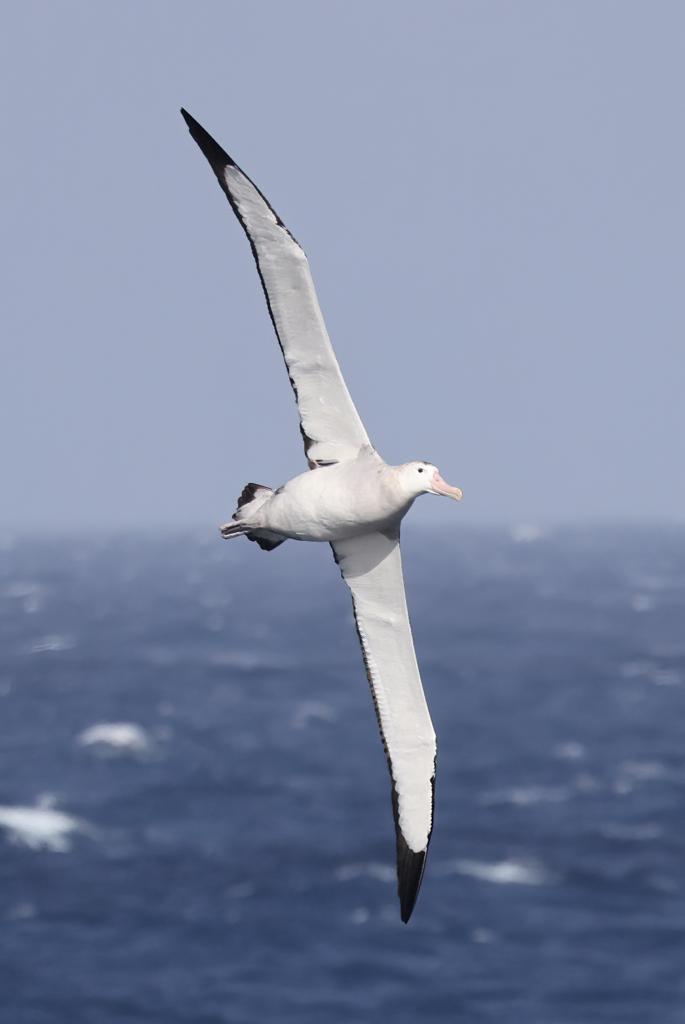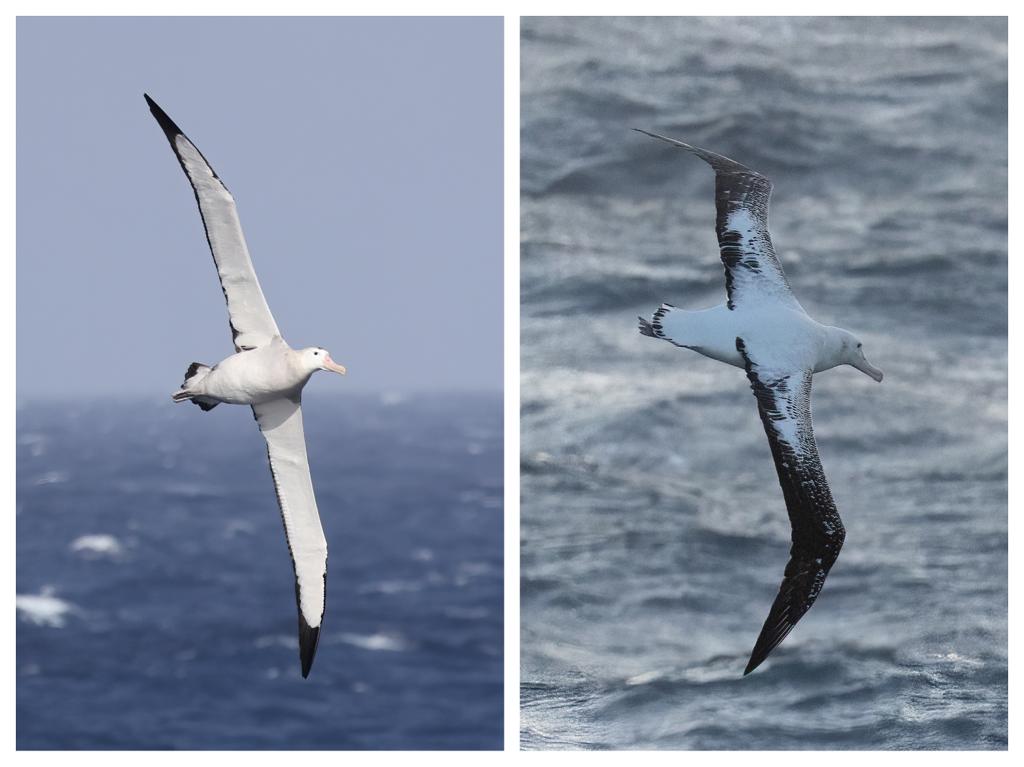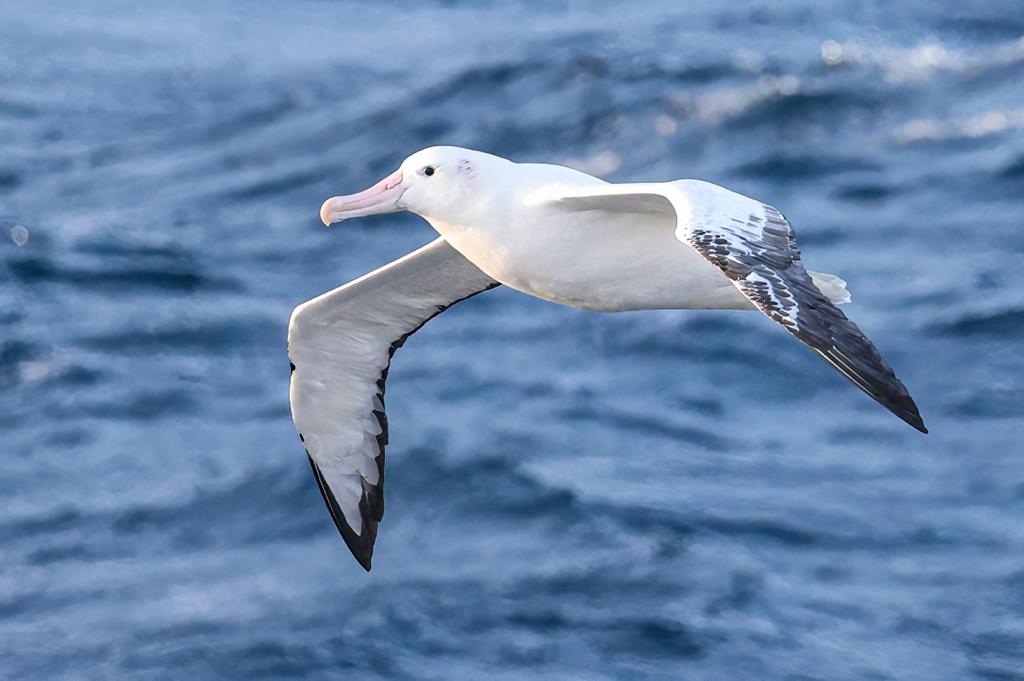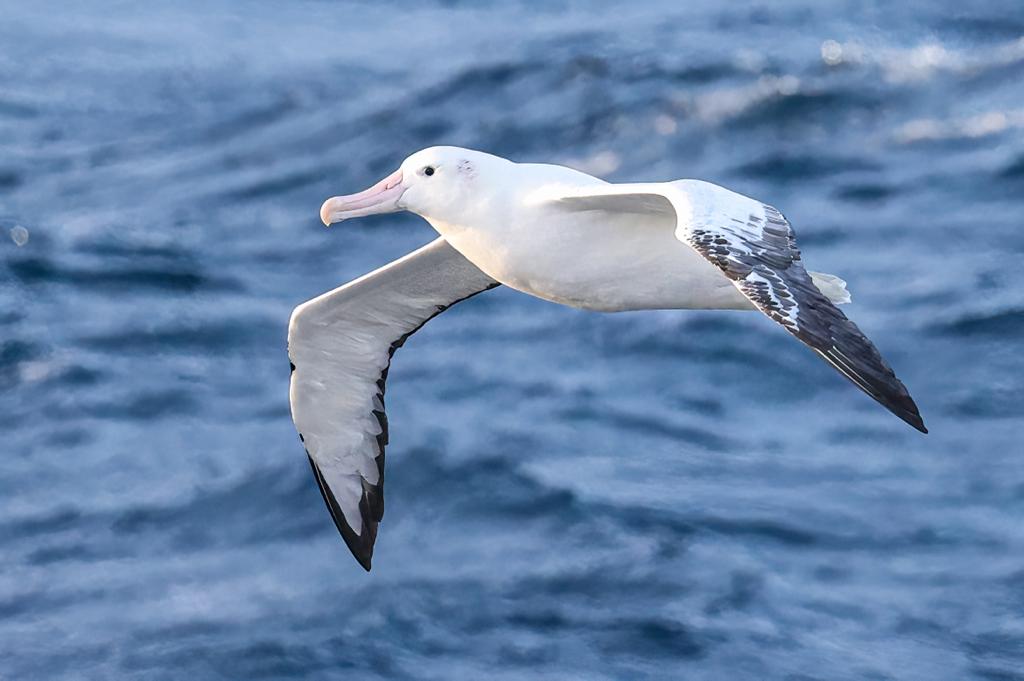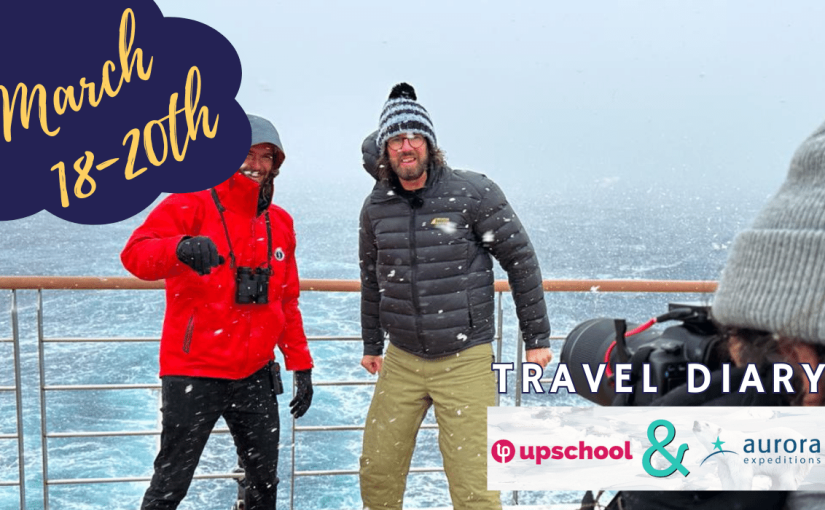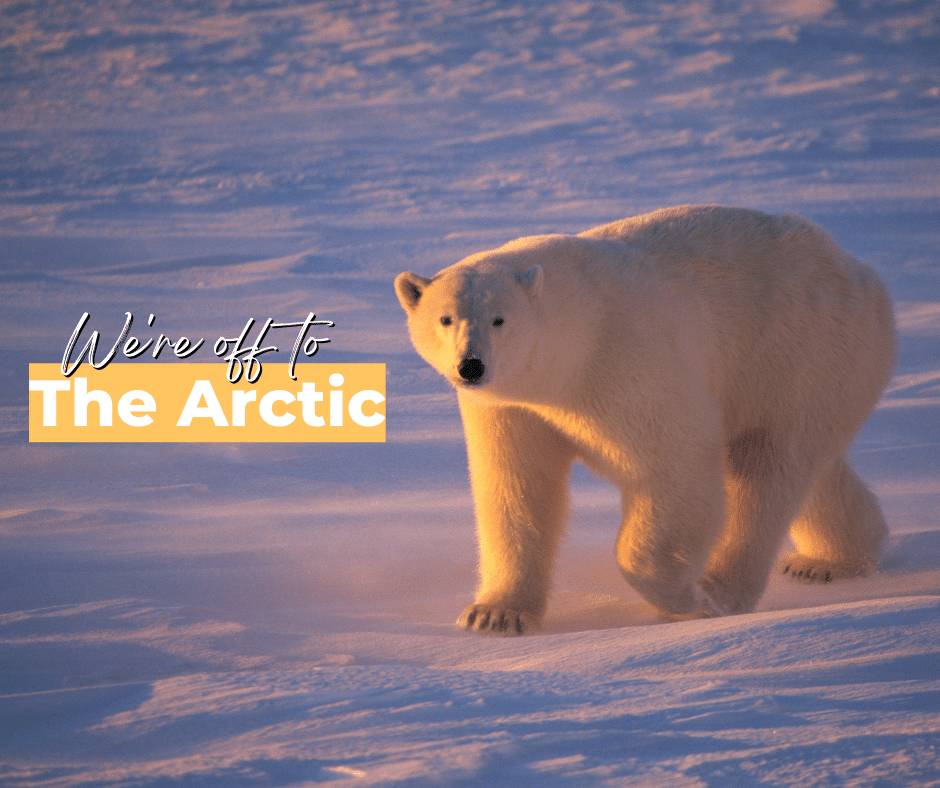Positions at 0700 between 18th-20th March
Latitude: 62°06’8” S to 57°10’9” S
Longitude: 057°53’9” W to 042°15’8” W
Course: 008° to 061°
Speed: 9 kts to 13.4 kts
Barometer: 1007 hpa to 992 hpa
Air temp: -3°C to -2°C
Sea temp: Around 1°C
Wind Speed: W 7
Penguin count: countless!
Whale count: also countless!!
We had an interesting day on the 18th, with the weather deciding most of the day’s activities! The initial plan was to go ashore at Penguin Island, the giant stratovolcano that looms above the surface of the ocean. This volcano was estimated to be last active about 300 years ago. On the east side of the island is ‘Petrel Crater’, estimated to have erupted in or around 1905. Unfortunately, due to the weather conditions – large swells and winds up to 48 knots – we weren’t able to get close enough while maintaining safety for all involved. A heavy mist was rolling in as well, affecting our viewing abilities.
So instead, we decided to take care of the South Georgia biosecurity requirements. These are in place to ensure the safety of the flora and fauna in South Georgia, to protect the ecosystem of the area, and for other general biosecurity reasons. To ensure we are compliant with the protocols, we spend the morning carefully checking our exterior clothing, our gloves, our hiking gear, and anything that would be touching the South Georgian ground. In the lead up to our first landing at South Georgia, in a few days, we will continue to have the occasional biosecurity parties, as we’ve been calling them, to ensure we meet the strict requirements of the area.
We spend the afternoon attending some interesting lectures – Bia speaks on the life of a humpback whale with a talk titled ‘From tropics to ice and back again, and Jeff gives us a history of polar exploration and ‘Shackleton’s Endurance’. As the ship cruises past Elephant Island, we are lucky enough to have a brief window of sun shine down around us – the sky clears up just enough for us to catch a sight of Elephant Island.
We head east across the Scotia Sea and as we travel, fin whales cruise alongside us, seemingly guiding us onwards, in what can only be described as a magical experience. We say our goodbyes to Antarctica and look ahead towards South Georgia.
The 19th and 20th of March were spent crossing the Scotia Sea and as such we made use of our time on board to listen to lectures and record educational content for Upschool. Jeff delivered a lecture on Otto van Nordenskjold’s Swedish Antarctic expedition, Pat delivered one on Antarctic weather, the cyclonic storms of the area and how the weather in the Antarctic region influences the climate of the whole planet. The Upschool team met up with Pat, the marine biologist, to discuss recording the video on wild weather as they anticipated a large storm heading into the Scotia Sea on the 20th March.
The morning of the 20th March took us further across the Scotia Sea towards South Georgia. We enjoy another day of fascinating history and knowledge with a lecture about the seals of the Southern Ocean by Hannah, our naturalist and wildlife specialist on board, and one on whaling and its effects by Bia, a marine biologist. The afternoon brought on the snow storms we were hoping for and we quickly utilised the weather to create the educational lesson with Pat.
As the seas calmed and the winds settled, it was time to get ready for South Georgia and the beauty that we would behold.
See you tomorrow and thanks for reading!
Tanya, Gavin, Graeme, Jordan & Matt
